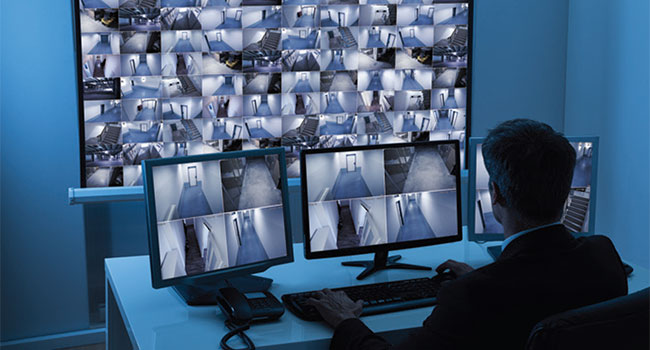
The Ongoing Value of VSaaS
Users pay as they go without a large initial investment in software to get a system up and running
- By Jesse Crawford
- Jul 29, 2022
Subscription-based service models are increasing in the security industry. Shifting to video subscription as a service (VSaaS) or SaaS in general involves changing the mindset that one is receiving a service rather than a product. What end users want is a system that is always current rather than a product that can quickly become out of date or is not functional when it matters most.
Connected to Software
In a traditional model, a business purchases a product, a video surveillance system with cameras and recorders that are connected to software. There often is no ongoing service relationship between the end user, channel partner and technology provider. Perhaps there is a software support agreement or an annual fee or add-ons for software updates or technical support. In this case, the installer is largely delivering a product and walking away. Selling and delivering a service is a better, ongoing value proposition to the end user.
With VSaaS, a business can have confidence that the software managing its VMS is always updated to the latest version, which means it maintains the highest level of cybersecurity and feature sets and functionality.
Benefits of the subscription model to end users might include easy subscription renewal, system software is always current, a lower startup cost and a value-added service contract.
VSaaS enables end users to better budget for the cost of the service and allows for easy renewal of subscriptions.
Software can be kept current remotely on devices in the field. This prevents systems from becoming outdated, lengthening their service life. A cloud-based subscription model also reduces the burden on IT because they are not required to own and manage software. System security is further enhanced by no requirements for opening inbound ports, multifactor authentication, NIST-compliant data encryption and transport layer security.
Because users pay as they go, they are not required to make a large initial investment in software to get a system up and running. Subscription plans often charge per channel, so users don’t pay for more than they need. They are also available at different tiers.
Additional Value
The level of service a dealer provides leads to additional value being delivered to the end user.
Preventive maintenance. A dealer can inspect and clean hardware once or twice a year to ensure equipment is clean and in good working order. This also helps ensure the best image quality.
Notifications. If alert notifications on the system’s health, intrusion or analytics are set up, a dealer can perform remote diagnostics and take action more quickly.
Software update. A dealer can monitor when software updates are released, whether recorder updates or camera firmware, and make sure those updates are deployed in a timely fashion. This can all be done remotely.
Video export assistance. Though the process may be intuitive, if an end user doesn’t export video regularly, they can feel pressure to find and deliver video clips to authorities or remember how to share them in the system. A dealer can help perform this function if a crisis happens.
Video verification. If an incident happens and an alert notification is sent, someone needs to verify the event by viewing the associated video so that action can be taken. A video management system with the right integrations can provide data from sensors, cameras or recorders, from an alarm panel alert to video loss.
Overall, VSaaS enables more efficient diagnostics and service than the traditional dealer-end user arrangement.
Traditional service process
1. The end user has an incident to investigate, which may not be determined immediately.
2. The end user finds a problem with the system.
3. The end user notifies the dealer.
4. The dealer scrambles to send a technician to the site to troubleshoot, which typically requires a fee.
5. Either the technician repairs the system or initiates a parts order and might not be able to provide a timeline for repair.
6. Parts arrive, and the dealer schedules the repair, which could be days or weeks later.
7. The system is repaired in a second trip.
Service process with VSaaS
1. The dealer or end user receives a health alert. If a camera is down, for example, the end user can take action and post a guard or enact other measures.
2. The dealer troubleshoots remotely. This is most likely successful, so the situation is resolved. If the problem is not solved remotely, the dealer identifies the on-site problem.
3. The dealer notifies the end user, orders parts and schedules repairs, not disrupting business flow.
4. End user takes action knowing there is a malfunction.
5. The technician performs service in one trip.
6. The situation is resolved.
This article originally appeared in the July / August 2022 issue of Security Today.
About the Author
Jesse Crawford is the vice president of sales, North America, for OpenEye.